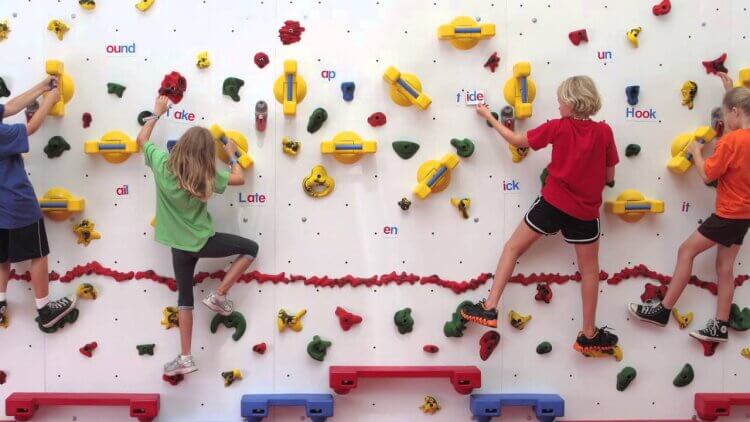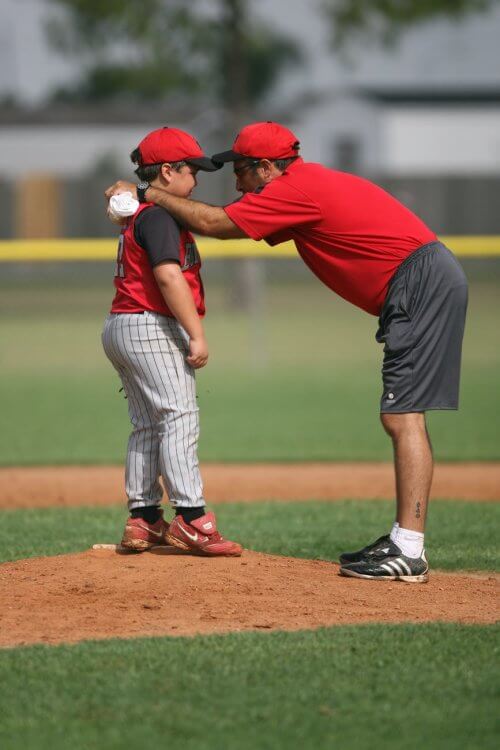(2 Minute Read)
Proper hydration is a key component of effective athletic performance. However, the importance of hydration during a basketball practice or a game is often overlooked by athletes and their coaches. Many players don’t recognize the effect dehydration has on their on-court performance.

As little as a 2% body weight loss during practice/game can reduce decision-making and basketball-specific skills, slow response times and cause tiredness to occur faster (Baker, Conroy, & Kenney, 2007; Baker, Dougherty, Chow, & Kenney, 2007; Dougherty, Baker, Chow, & Kenney, 2006). Therefore, it is necessary for players to enter a game well-hydrated and maintain hydration throughout the game, as the result of the game may depend on split-second decisions in the closing minutes.








